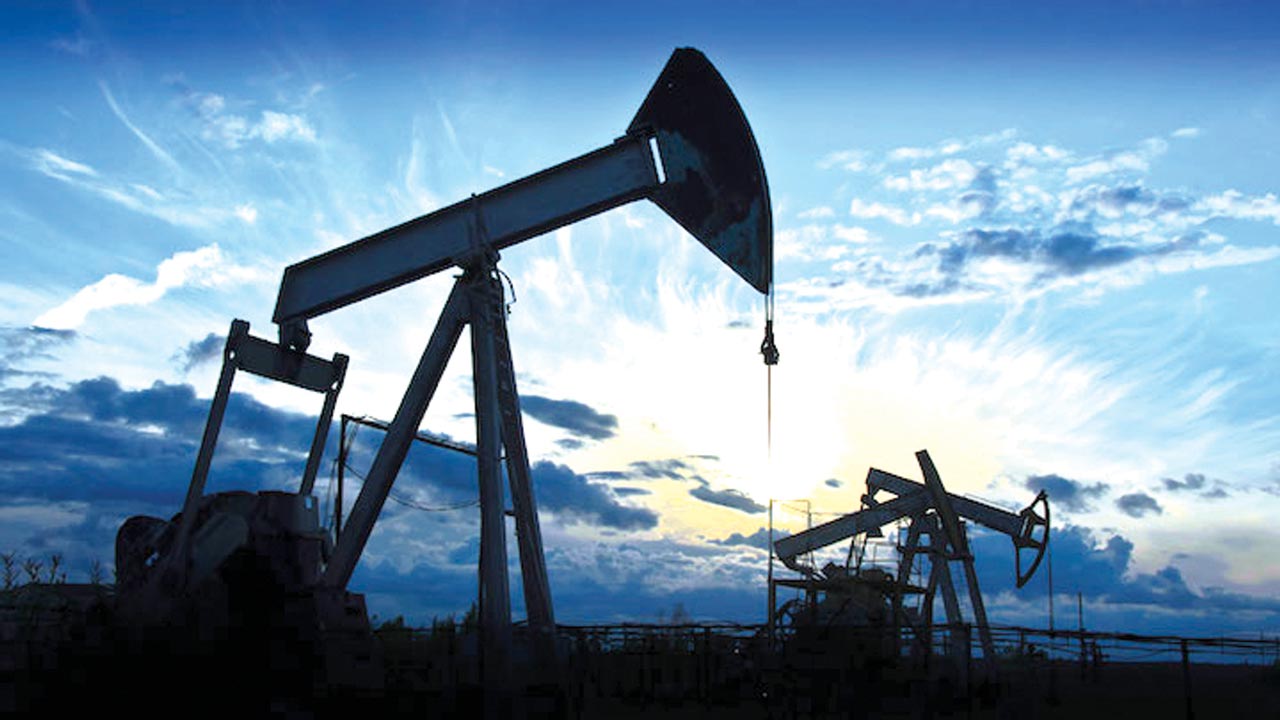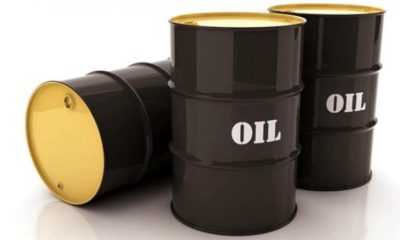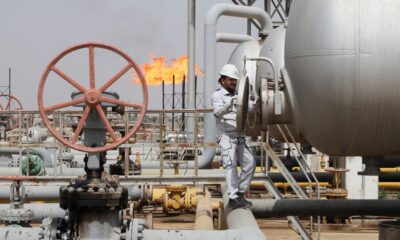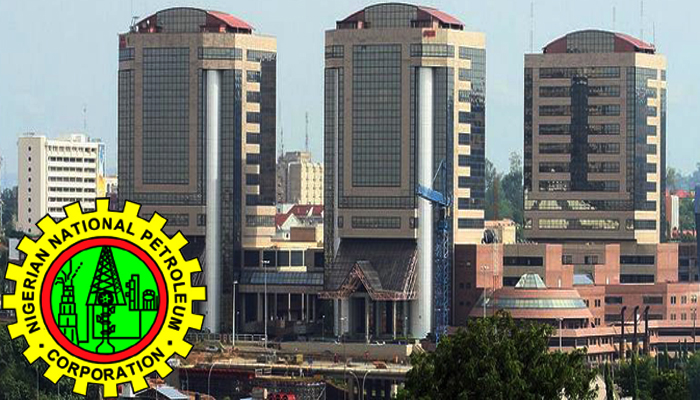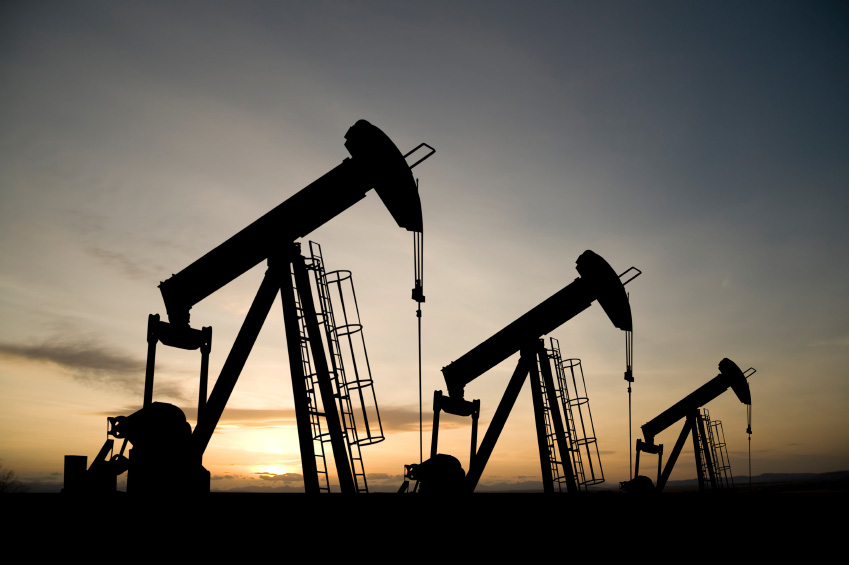- Stabilising Oil Market with OPEC’s $66.6bn Refineries Investment
Member countries of the OPEC would need to invest $66.5 billion by 2021 to upgrade their refining capacity to 13.3 million barrels per day (b/d) from which the required products would be supplied to consumers to sustain ongoing market stabilisation efforts of oil producers.
Coming with a recent declaration by its Secretary General, Mohammed Barkindo, that oil would remain important to meeting the world’s energy requirements for a long time, the prospect of this coming to reality would be determined by member countries with significant number of new investments in refineries.
In its latest publication – the World Oil Outlook, OPEC however affirmed that a significant number of new refineries investments could occur in some of its member countries from which about 8mb/d of potential refining projects are expected.
At the moment, OPEC’s 13 members have an installed refining capacity of 12.6mb/d, but that number does not really reflect their actual output. Reports indicate that their actual outputs are 10.8mb/d, and that this is contributed more by the ailing or inefficient refineries of some of its members.
For instance, OPEC’s 2016 Annual Statistical Bulletin indicated that Nigeria’s four refineries with combined capacity of 445,000b/d barely produce up to 21,900b/d, while Iraq with its 900,000b/d barely produce415,000b/d, UAE with 1,124,000b/d does 918,000b/d, and Libya with 380,000b/d produces just about 91,900b/d.
In its report, OPEC however, said that it would expect additional refining capacity from its members to come from condensate splitters, new greenfield and ‘grassroots’ projects, and perhaps capacity expansions at some of the existing refineries.
“The additional refining capacity in OPEC member countries will come from condensate splitters, new greenfield and ‘grassroots’ projects, supplemented by expansions at existing facilities.
“The largest OPEC member countries’ new refineries are mega projects, expected to come on stream during the medium-term period, these are in Kuwait (Al Zour project), Saudi Arabia (Jizan project) and Venezuela (Anzoetagui).
“Other relatively sizable projects with a common trend among crude producers to process heavy crudes domestically and also aiming to satisfy increasing local demand, include new refineries in Lobito, Angola; Manabi (Refinery del Pacifico), Ecuador; Khozestan and Kermanshah projects in Iran; Fujairah and Dubai projects in the UAE,” it said in the report.
It further stated that, “Algeria has chosen to settle for medium capacity refineries in Arzew, Hassi Messaoud and Tiaret to satisfy its growing local refined products demand,” adding however that, “No clear picture can be envisaged yet from projects in Libya.”
Similarly, Barkindo in a recent interview reportedly stated that that there was a positive outlook on global oil demand to rise to over 109mbd by 2040 from 93mbd in 2015.
He said: “This positive outlook, of course, hinges on huge investments being made to not only increase production from new areas, but also to compensate for existing fields on the decline. Between now and 2040, an estimated $10 trillion in oil-related investments will be required and roughly $6 trillion for gas.”
Additional Capacity from Nigeria
Though Nigeria presently imports most of the fuel needed to run her domestic economy following her collapsed domestic refining capacity, there are indications she could add to the capacity required by OPEC before 2021.
OPEC said in the outlook that, “Some capacity expansion could be forthcoming in Nigeria by 2020, either through the rehabilitation of existing refineries – in part to raise their utilisation rates, or through grassroots projects.”
Referring to overtures made by the Minister of State for Petroleum Resources, Dr. Ibe Kachikwu, on some oil majors to consider investing in Nigeria’s domestic refining sector, the outlook report stated: “In late March, the Nigerian National Petroleum Corporation (NNPC) was reported as being in talks with Chevron, Total and ENI regarding potential assistance to restart and revamp refineries at Port Harcourt, Warri and Kaduna.”
It however stated that the most promising of the capacities that Nigeria could bring on board was the 650,000b/d private refinery being constructed by the Dangote Group in Lagos.
According to it, “Of several possible refining projects, one that may materialise in the medium-term is the grassroots 650,000b/d Dangote refinery and an associated greenfield fertiliser plant in Lagos. If built, this refinery would be Nigeria’s first privately owned and operated refinery.”
It also noted in total, an estimated 0.6mb/d of new crude distillation capacity could come from oil Africa’s oil producers by the end of 2021, adding, “Whether or not the large Dangote project progresses in a timely manner remains a major consideration, as it will affect how much new capacity is in fact brought on-stream in the medium-term.”
Kachikwu, in his proposals to oil majors to invest in refineries in Nigeria, had repeatedly said the country would exit petrol importation in 2019, and that the economic returns on refineries investments in Nigeria were healthy, more so with reported commitment of the government to this.
He once reaffirmed this commitment when he made a presentation to top executives of Italian oil firm, Eni, in Rome, Italy earlier in January, saying: “The attempt by previous governments to privatise refineries and attract investment in refineries failed to yield the required result. The present government had promised to correct this by upgrading old refineries and building new ones, thus increasing local production capacity with an objective to reduce importation of petroleum products by 60 per cent in 2018, and by 2019, to become a net exporter of petroleum products and value added petrochemicals.”

 Forex3 weeks ago
Forex3 weeks ago


 Naira2 weeks ago
Naira2 weeks ago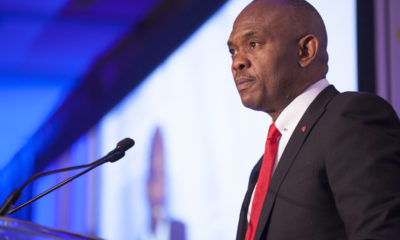
 Billionaire Watch2 weeks ago
Billionaire Watch2 weeks ago




 Naira2 weeks ago
Naira2 weeks ago




 Naira4 weeks ago
Naira4 weeks ago




 Naira2 weeks ago
Naira2 weeks ago


 Naira7 days ago
Naira7 days ago
 Banking Sector4 weeks ago
Banking Sector4 weeks ago
